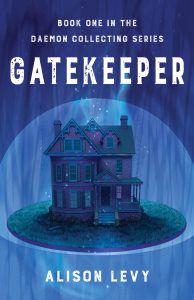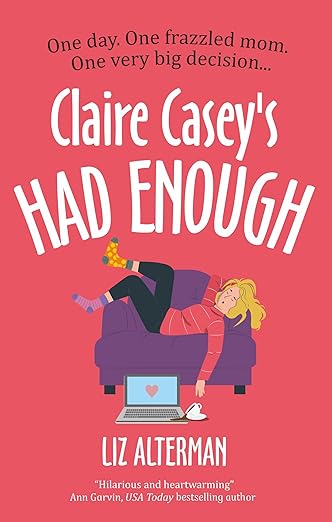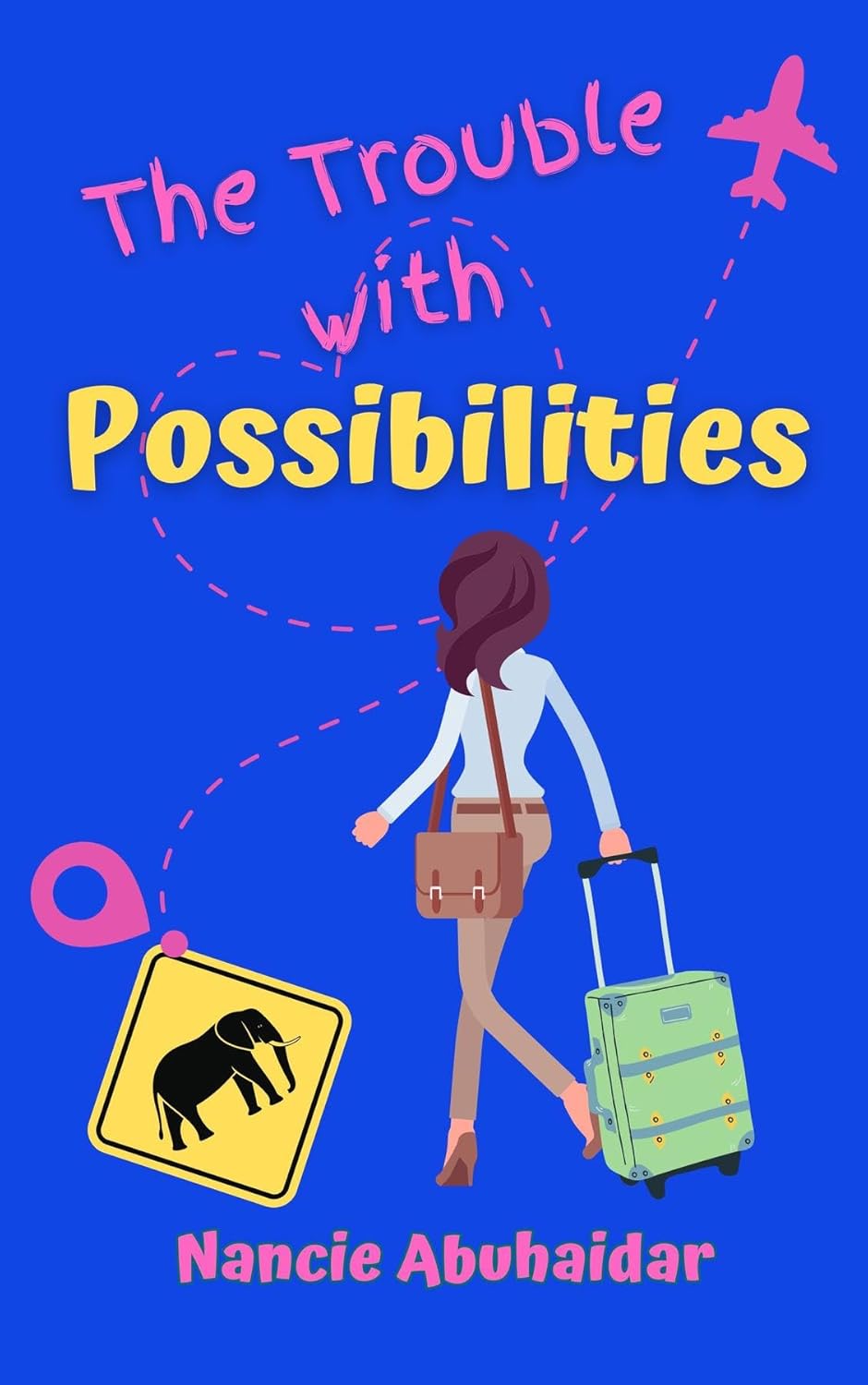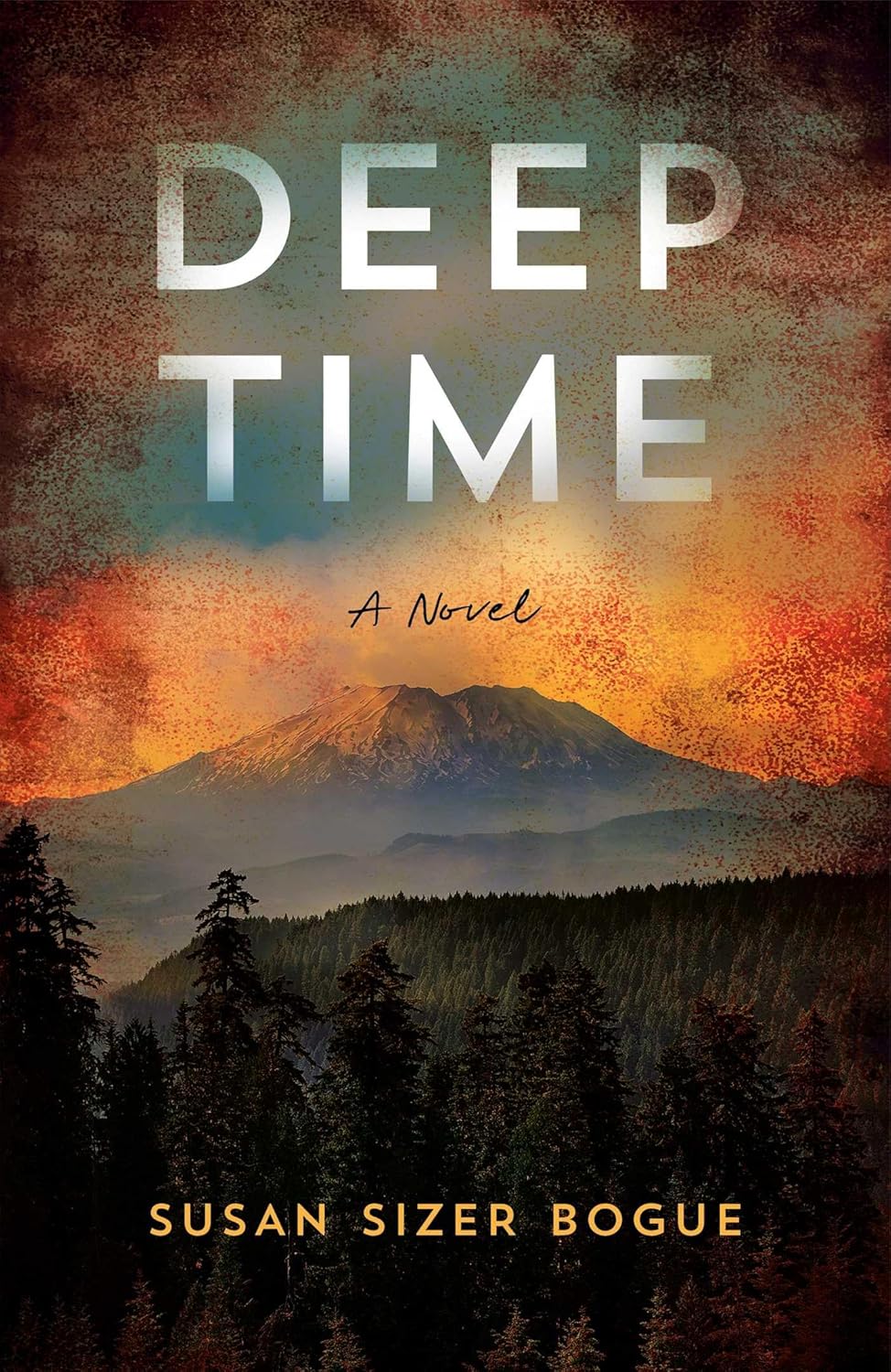My Tiger: Living With Anxiety
 Living with anxiety is like sharing a house with a tiger. Going about my daily business pretending it’s not there is not only pointless, it’s guaranteed to result in damage. Inevitably, something I do agitates the tiger and it bites.
Living with anxiety is like sharing a house with a tiger. Going about my daily business pretending it’s not there is not only pointless, it’s guaranteed to result in damage. Inevitably, something I do agitates the tiger and it bites.
Growing up with undiagnosed anxiety meant nobody around me acknowledged the tiger, so I thought ignoring it was the right way to act. However, though I tried to ignore it, I instinctively tailored my behavior to cope with the tiger’s existence.
I spent most of my childhood cycling between depression and anxiety, but I was never diagnosed. Terrified of any unfamiliar situation, I felt worthless and stupid, and got irritable and nauseous when my routine was disrupted. Since the adults in my life didn’t understand that children could have mental disorders, I spent my childhood laboring under the delusion that this was a phase I would grow out of someday. As a child struggling to live with a tiger-sized problem, being told I’d grow out of it didn’t help me cope, so I adapted to alleviate the symptoms.
Around age ten, I started spending most of my time alone in my room, mentally retreating into elaborate imaginary worlds for hours at a time. In my mind, I could remake reality into anything I liked and populate it with characters entirely of my own design. Bullied at school and often overlooked by parents in an unhappy marriage, those make-believe worlds were the only place I felt calm and in control.
Stressors in my life such as homework and social interactions triggered an anxious response—my heart raced, I felt dizzy, and I struggled to hold back tears—so I avoided them. At the same time, I was hard on myself, constantly analyzing and judging every action I made and every word I spoke, worrying about what others thought of me. Eventually, the conflict of avoiding work and desperately craving external approval led to a massive panic attack early in my sixth-grade year. Crying and hyperventilating, my teacher had to remove me from class.
My panic attack at school was stressful, embarrassing, and, ultimately, did not get me any help. Though still struggling, I now understood that the tiger wasn’t normal and wasn’t going away. Many people with undiagnosed issues self-medicate with alcohol, drugs, or food. I self-medicated with writing.
I had been inventing characters and stories for years, but I didn’t write anything down until a sixth-grade creative writing assignment. My English teacher showered me with praise for that story. It was the first time a teacher had told me I was good at something and that felt like a sweet glass of lemonade in summertime. Her encouraging words convinced me to start writing down the stories I’d been using as a mental escape.
Writing helped me on two fronts: it channeled my nervous energy into a productive activity and it focused my scattered mind My imaginary worlds had always been my happy place so diving into them for story fodder had a calming effect on me. I found that if I indulged in creative writing regularly, my stress response to homework, social interactions, and various other triggers was much reduced.
The tiger remained, lurking in the background, but creative writing soothed it, giving me more self-control and improving my overall well-being. Whenever the stress of school was too much, I started outlining story plots in the margins of my notebooks. When dealing with my peers got too dramatic, I jotted down things they said to use for future dialogue. If I had something especially triggering to deal with, I spent time writing beforehand to limit my anxious response. Soon, I became a good student and got better at maintaining friendships.
Still undiagnosed, I graduated high school on the honor roll, got my college degree, and went on to law school. The tiger came with me every step of the way but, while I continued writing, its attacks slacked off and it stayed fairly docile. However, years later, the tiger got restless again, striking with greater frequency. Struggling to adapt to life as a new mother, I’d set writing aside. At one point, worried about my son, I looked up the symptoms of childhood anxiety. I discovered that while he had many of the symptoms, I had all of them. I was so relieved, I burst into tears. The tiger was real and it had a name!
Motivated by my desire to be a better parent, I started therapy. After learning about my history, the therapist encouraged me to put aside some time every day to write. Very quickly, the tiger became calmer. I continued with therapy until I learned what triggers the tiger, what soothes it, and how to walk my way through an attack. And I’ve learned that writing is not just my medicine, it’s my passion.
Living with anxiety is like sharing a house with a tiger. I can’t force the tiger to leave or ignore its existence. What I can do is learn how not to provoke it, limit its influence, and give it enough sustenance to minimize its attacks. My tiger and I still have our problems, but we have reached something of a truce. I respect its existence and it motivates me to keep writing. I can live with that.
—
ALISON LEVY lives in Greensboro, North Carolina with her husband, son, and variety of pets. When she’s not writing or doing mom things, she crochets, gardens, walks her collies, and works on home improvement projects.
THE GATEKEEPER
 Rachel Wilde comes from a dimension that exists adjacent to ours. The people there have structured their society around daemon collecting: they locate, catch, and repair malfunctioning daemons (creatures out of phase with our world that tempt people to do good or evil). Now Rachel has been given two unusual assignments: 1) find a person who has been trying to break down dimensional barriers, and 2) track down a missing line of gatekeepers, human placeholders for a daemon that was too badly damaged to repair.
Rachel Wilde comes from a dimension that exists adjacent to ours. The people there have structured their society around daemon collecting: they locate, catch, and repair malfunctioning daemons (creatures out of phase with our world that tempt people to do good or evil). Now Rachel has been given two unusual assignments: 1) find a person who has been trying to break down dimensional barriers, and 2) track down a missing line of gatekeepers, human placeholders for a daemon that was too badly damaged to repair.
Authorities of Rachel’s world believe the missing gatekeepers are descended from a girl who went missing from West Africa hundreds of years ago, likely sold into slavery. With no leads to go on, Rachel seeks help from Bach, a raving homeless man who happens to be an oracle. Bach does put her in the path of both of her targets—but he also lands her in a life-threatening situation. Somehow, Rachel has to stop the criminal, reunite a gatekeeper with her stolen past, and, above all, survive.
BUY HERE
Category: On Writing






























